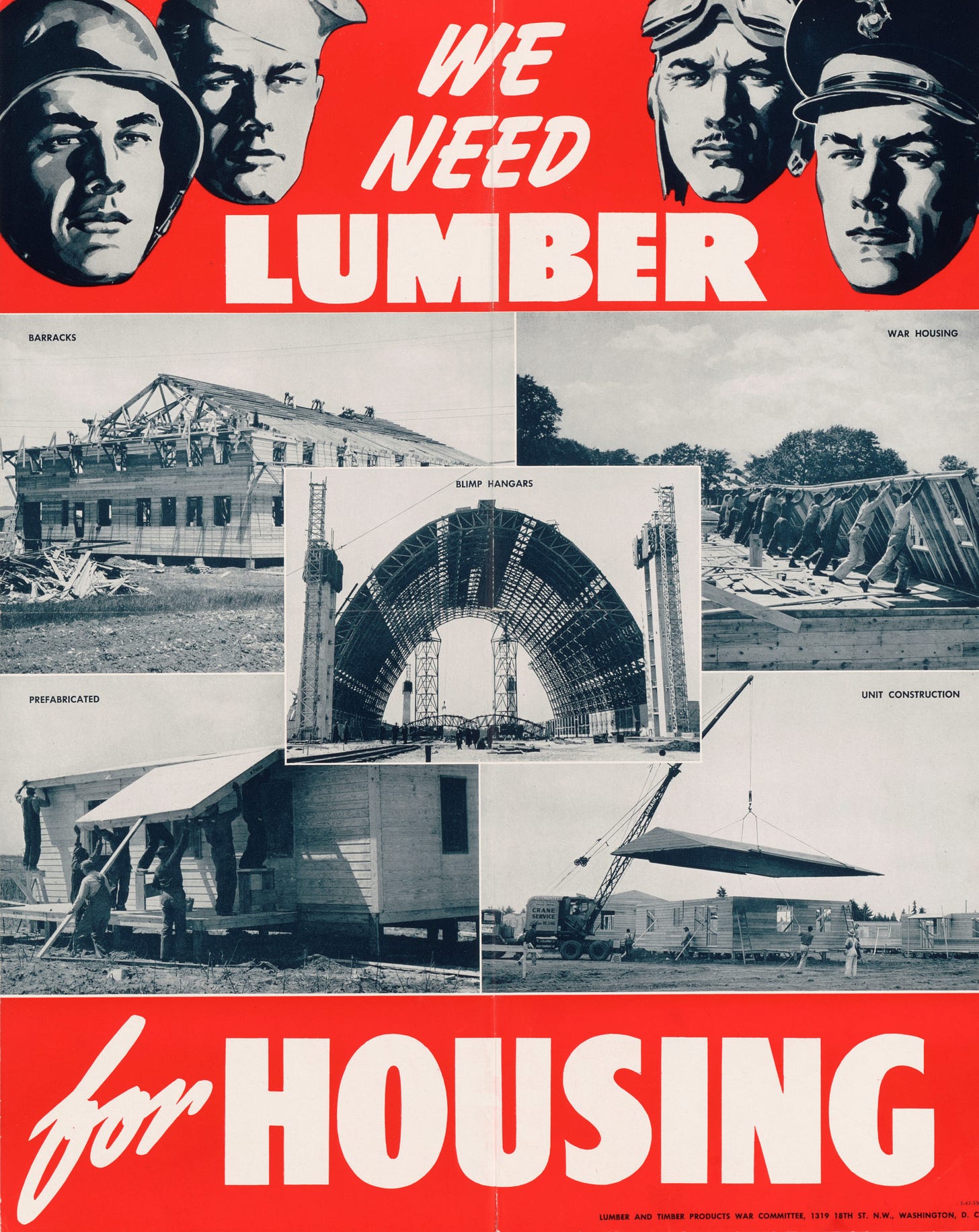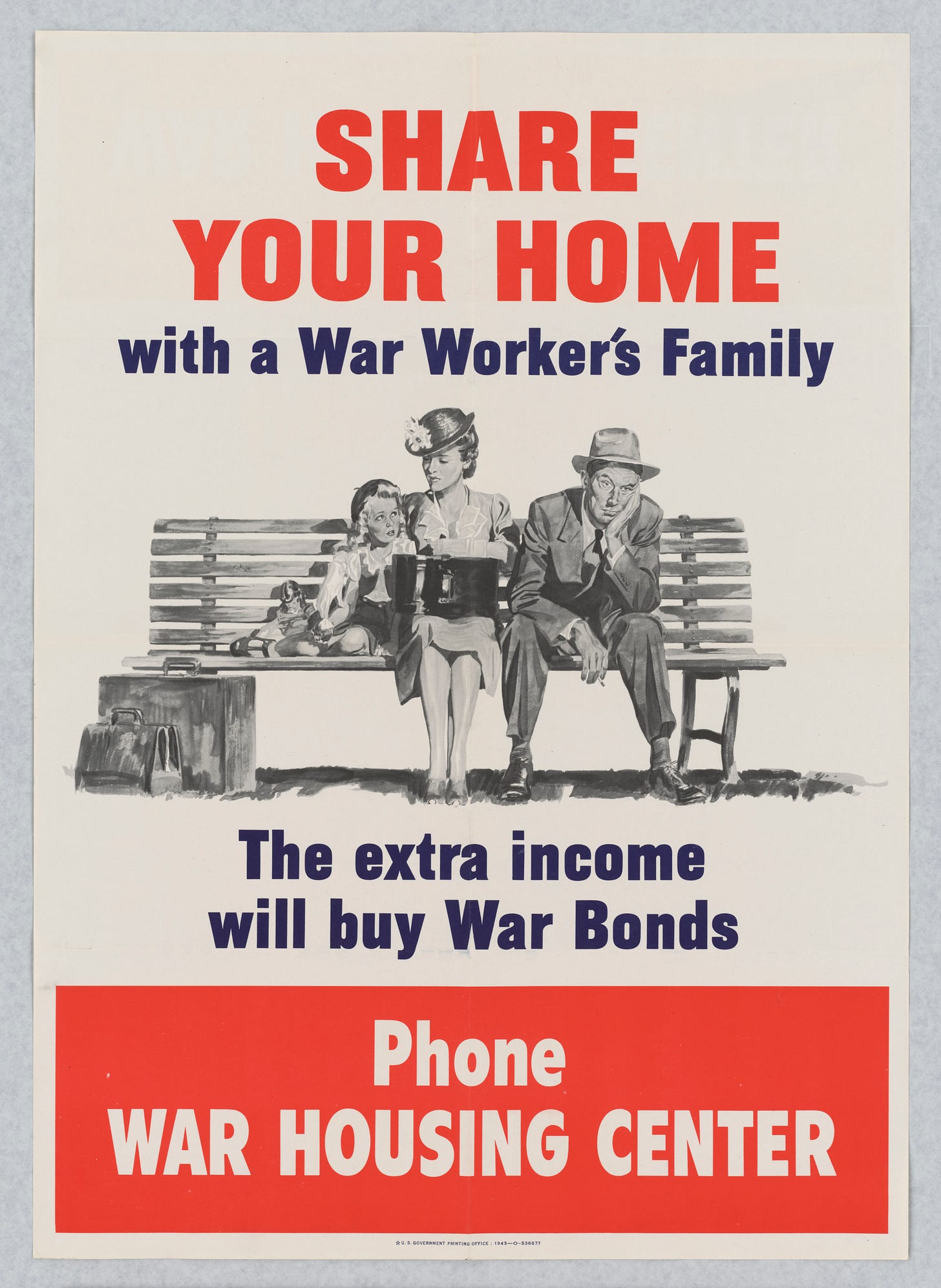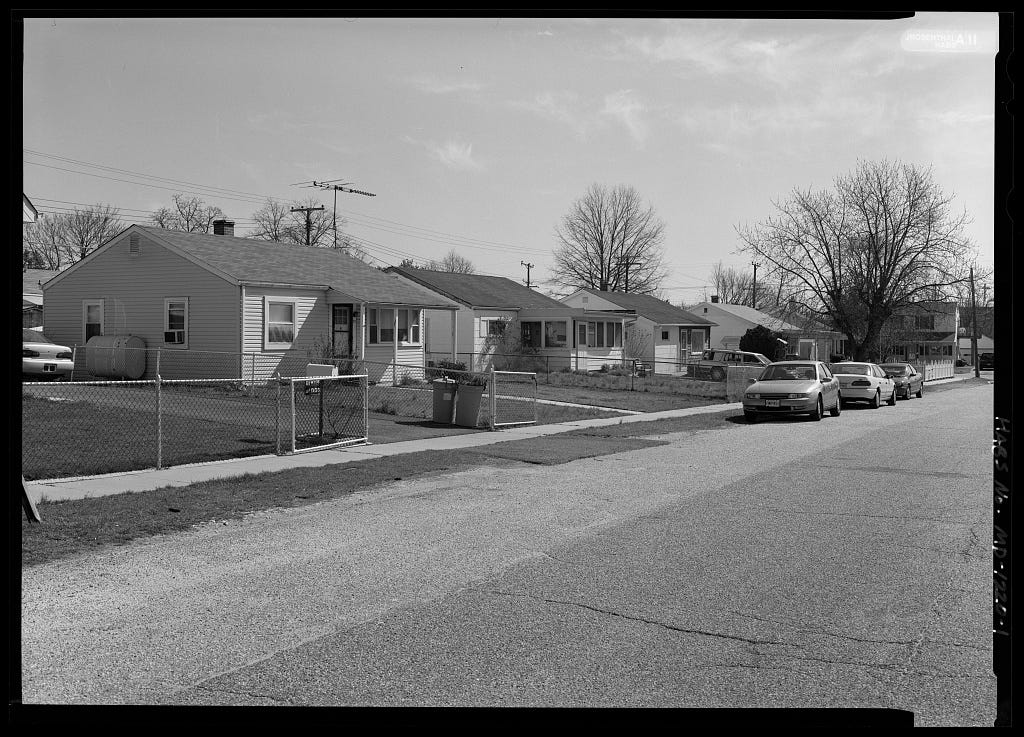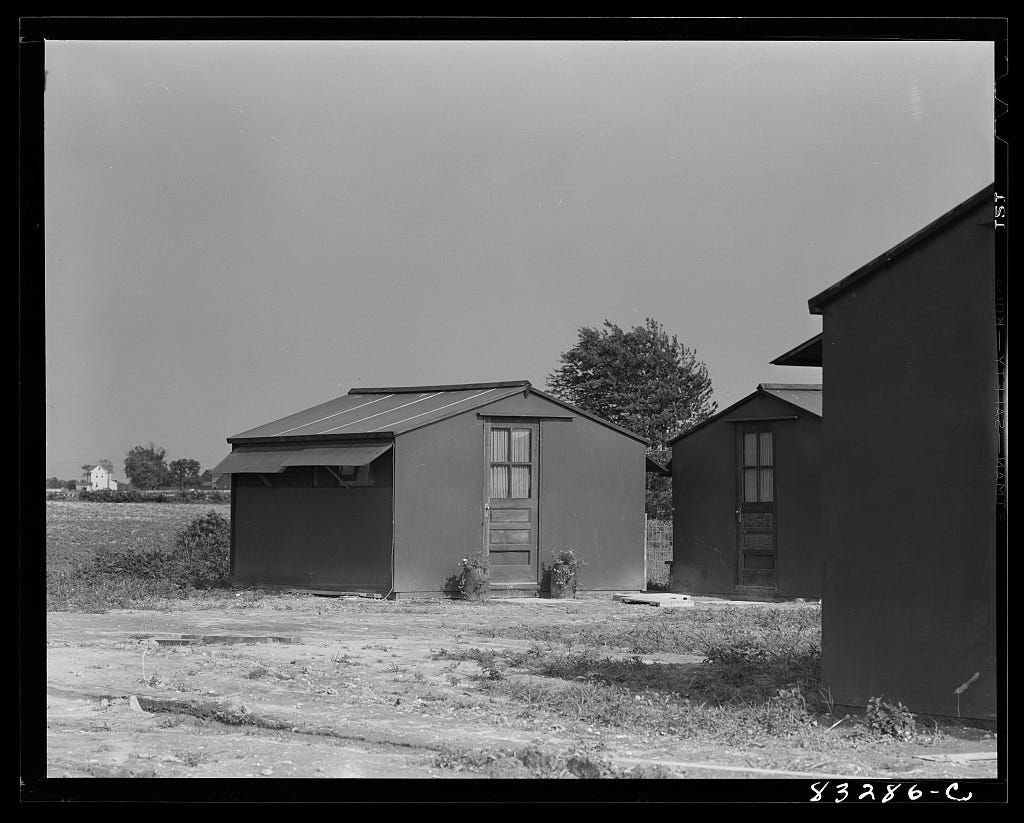History & Housing
How 1940s and other early 20th century housing solutions could solve real estate dilemmas in modern America

I’ve been thinking about housing a lot lately. My older sister might be coming out to live with us in the future at some point, but finding her a place of her own is preferable. She has specific needs but has always wanted a little place of her own and I’d love to be able to find that for her.
The problem is that there just isn’t a lot of affordable housing. It’s not just the housing market, which is kind of crummy right now. It’s also the lack of the right kind of housing. I’d love to find her a small house, two bedrooms with a small yard, something easy to take care of, in a quiet, walkable neighborhood. Idyllic, I know. Most small living comes in the form of apartments, condos, trailer homes, or older homes that are falling apart. I want to know why aren’t there more small homes being built? Surely there’s a need for affordable, smaller single-family homes built into
communities. And I’m not talking about tiny houses either.

There’s been a lot of talk in the news about the current housing crisis. Rent keeps going up but wages aren’t keeping pace. The New York Times ran a story talking about why the housing market is struggling right now. Homeowners aren’t feeling the incentive to sell right now because they might have a hard time finding a new house especially with interest rates are a lot higher — an unfortunate double-whammy.
This has been great for builders. Since the home inventory is low for those wanting to buy houses, new home purchases have been going up. The problem is: what kinds of houses are being built? From what I’ve seen around my city and in my travels, it’s the houses that make the most money — houses for the upper-middle class.
For example, there’s one housing complex that was just finished next to a high school from a section of farmland. The starting price was the mid-$600,000s and the houses are huge. There is another new housing development being built in another part of town off another piece of farmland. This is an interesting mix of large homes, townhouses, and condos. All with pretty high price-tags, though I’m sure there’s a healthy range. They’re very close to downtown, though, so I’m pretty sure they’re not that affordable.

When my husband and I had newly graduated from college, we were accepted into this special housing project called “The Springs”. It was a neighborhood of smaller duplex homes at affordable rental prices based on your income. This neighborhood had been built specifically with that program in mind. It had a long waiting list, and it was a nice place to live while we were in a transition time between graduating and waiting for job offers. The project was and continues to be successful and it’s my hope that similar programs open up in other areas.
The demand is there. Why isn’t it being filled? It’s not only about money. Yes, these big homes make a higher profit margin, but at what cost? Gentrification, discrimination in home lending, eating up farmland with city sprawl. No doubt politics get involved too.
Setting all that aside, I just want to take a second to ask, what are we doing? At what point did Americans feel the need to have such huge, excessive houses? Moving from our 1200 sq ft. farmhouse to a larger home four years ago, my husband and I have learned the hard way that bigger just means more expensive in every way imaginable. Bigger roof = more to repair, more siding = more to replace, more ugly flooring inside means a higher price tag to change it, a larger inside means more to heat and cool = higher energy costs. The list goes on and on. Not to mention the size of the mortgage. I’m not going to lie. I love having more space to spread out. But that’s another hard lesson. Having more space also means having more room to fill it up with stuff. Stuff I know we don’t really need. The cycle of purging is ongoing. Is it any wonder that American’s are stressed and tired and overworked?
What a waste of time, money, and energy.

I suggest that we can turn to history for answers to these modern problems. To a time when there were just as many housing problems. When today’s America just wants to super-size everything, I think we can learn a lot from vintage portion sizes. Even in architecture. If we examine history, we can see they’ve been through the same growing pains, been faced with similar economic and housing issues that we’re facing today. And we can learn a lot from their mistakes and solutions! (I’m not necessarily advocating for more trailer parks even though they do serve a valuable purpose. Read on!)
Keep reading with a 7-day free trial
Subscribe to Victory Kitchen Podcast Substack to keep reading this post and get 7 days of free access to the full post archives.




